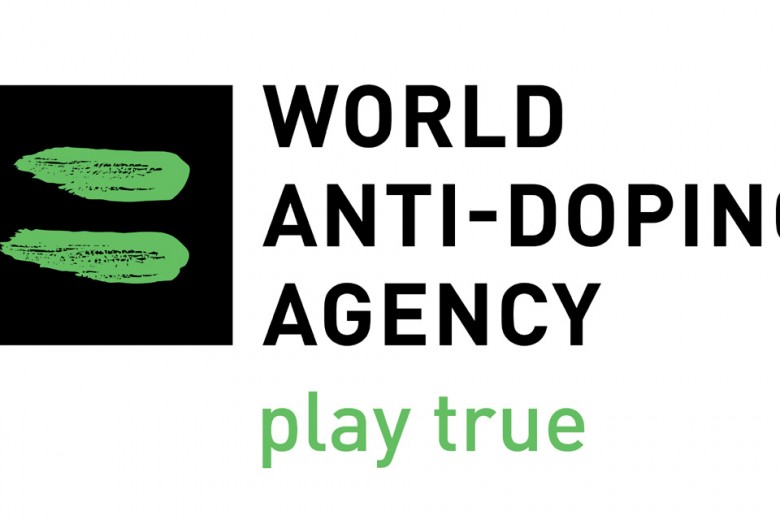The World Anti Doping Agency (WADA) announced via a press release on Friday, May 21, 2021, the approval of a new dried blood spot testing method.
The approval means that WADA will now be able to use dried blood spot (DBS) testing as a form of doping control, “in particular to facilitate the analysis of unstable compounds and to expand on the number of athletes that can be tested in more remote areas of the world from where traditional blood samples are difficult to transport.”
DBS requires only a small sample of blood from those being tested for banned substances and can be procured using a finger or upper arm prick. The process described is much less invasive than current blood and urine collection methods used by WADA.
According to Canada’s source for HIV and hepatitis C information (CATIE), DBS testing is a method of blood collection that can be used for diagnostic hepatitis C and HIV testing. It was originally developed as a method to collect blood to test for metabolic disorders in newborns. Through this method, samples of blood are collected from a finger prick (or heel prick in infants), dropped onto a filter paper, and then dried for transportation to a laboratory.”
In the press release, WADA provided a list of advantages of DBS:
- Easy sample collection (e.g. finger or upper arm prick);
- Less invasive methods than current urine and blood collection and therefore, a better athlete experience;
- The test requires only a very small volume of blood;
- Less expensive collection and transport of samples;
- Less space needed to store samples; and
- Possible benefits with regards to sample stability.
The approval comes after over a year of research and development into the technology which was originally announced in October 2019. WADA worked in collaboration with the International Olympic Committee, the International Testing Agency, and the National Anti-Doping Organizations of Australia, China, Japan, Switzerland, and the USA.
Discussing the advancement, WADA president Witold Banka offered the following remarks;
“WADA believes in the potential for dried blood spot analysis to become a very valuable addition to the testing program. It can be used to complement current anti-doping practice, in particular to facilitate the analysis of unstable compounds and to expand on the number of athletes that can be tested in more remote areas of the world from where traditional blood samples are difficult to transport. Given the logistical and cost advantages, DBS will allow testing authorities to target more athletes and collect more samples.”
WADA Senior Executive Director for Science and International Partnerships Dr. Olivier Rabin went on to say:
“WADA has been leading a collaboration of Anti-Doping Organizations to address all the technical challenges and adapt anti-doping rules to allow for the development of DBS. This partnership builds on research conducted by several Anti-Doping Organizations and laboratories around the world, which I would like to thank. The approval of this Technical Document is an important step toward harmonizing DBS practice within anti-doping. We are aiming to trial certain elements of DBS testing at the Olympic and Paralympic Games in Tokyo this year before rolling it out for routine use at the Games in Beijing early next year.”
According to the press release, WADA will begin using DBS testing on September 1, 2021, and will likely use the method for routine testing at the Beijing 2022 Olympics.

No more smashed vials!
How do you smash it with a hammer tho?